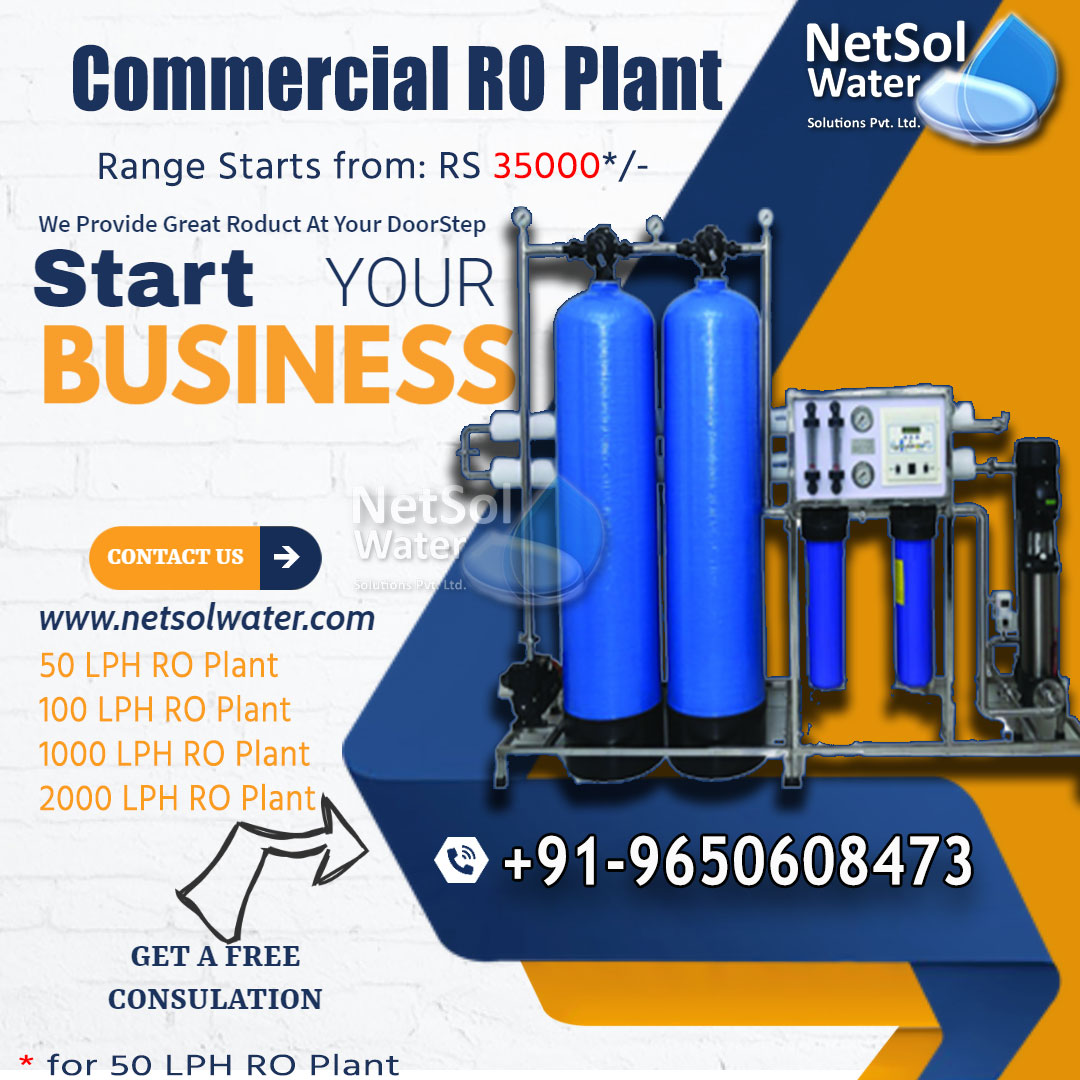INTRODUCTION
Food security necessitates the use of water. Crops and livestock both require water to thrive. Agriculture necessitates a large quantity of high-quality water for irrigation and other production processes. Agriculture confirmed its position as the world's largest user of water while feeding the world and producing a varied range of non-food commodities such as cotton, rubber, and industrial oils in a more productive manner. Irrigation now accounts for over 70% of all freshwater appropriated for human consumption.
HOW IS GROUND WATER THREAT TO FOOD SECURITY?
Individuals' ability to receive food is referred to as food security. As a result, a drop in groundwater levels will worsen the economic situation of small farmers, robbing them of their food purchasing power.
Reduced groundwater levels are also a danger to food security because of uneconomic groundwater pumping. The deeper the aquifer, the more expensive the extraction. The drop in groundwater levels will make aquifer construction costly for small farmers. The circumstance was exploited by wealthy farmers, who began the practise of selling water. This prompted them to over-pummel groundwater, even in drought-prone areas, which would have an immediate negative impact. If groundwater levels decrease at the same rate, India's crop will be reduced by 25%.
Contamination of groundwater is also a big danger to food security. Water contamination is caused by the use of excessive chemical fertilisers and pesticides on crops, seepage from drains, waste dumping, and other factors. The major cause of the rise in rural poverty in India is the depletion and degradation of groundwater.
WHO SETS THE WATER QUALITY STANDARDS IN THE FOOD AND BEVERAGE INDUSTRY?
According to WHO guidelines, any water used in the preparation, washing, or processing of food must be disinfected to high drinking-water standards using a method like industrial-grade reverse osmosis.A plant producing food or drink must have rigorous sanitation requirements across the board, regardless of what touches the ultimate consumer product. Even if those goods are washed outside of the food production area, this includes water used for washing packaging equipment, storage, and transportation vehicles.
CLEAN WATER MEANS EFFICIENT UTILITY
Impurities of any kind can cause inefficiencies in the food and beverage sector, even if they don't contact the final product. Water used in boilers and cooling towers, for example, must also fulfil high purity criteria, with a low concentration of concentrated solids passing through these systems. Impure water can accelerate wear and tear, corrosion, and scale build-up, reducing efficiency, causing costly downtime, and increasing repair and maintenance costs. Because the water used in these systems is cleaner, a high-quality industrial reverse osmosis water purification system can increase efficiency, decrease downtime, and lower repair and maintenance costs.
WATER REUSE GIVES FOOD AND BEVERAGE MANUFACTURERS MORE CONTROL
With today's uncertain water supply, it's critical for food and beverage facilities to have an industrial water purification system that can convert feed and waste into purified water that can be reused safely for a range of purposes. Closed Circuit Reverse Osmosis (CCRO), a smart, autonomous, and advanced industrial reverse osmosis system, enables food and beverage firms to reclaim water and minimise water waste much beyond the ability of prior industrial reverse osmosis systems. This allows businesses to have significantly more control over their water supply, water costs, and total operational costs.




